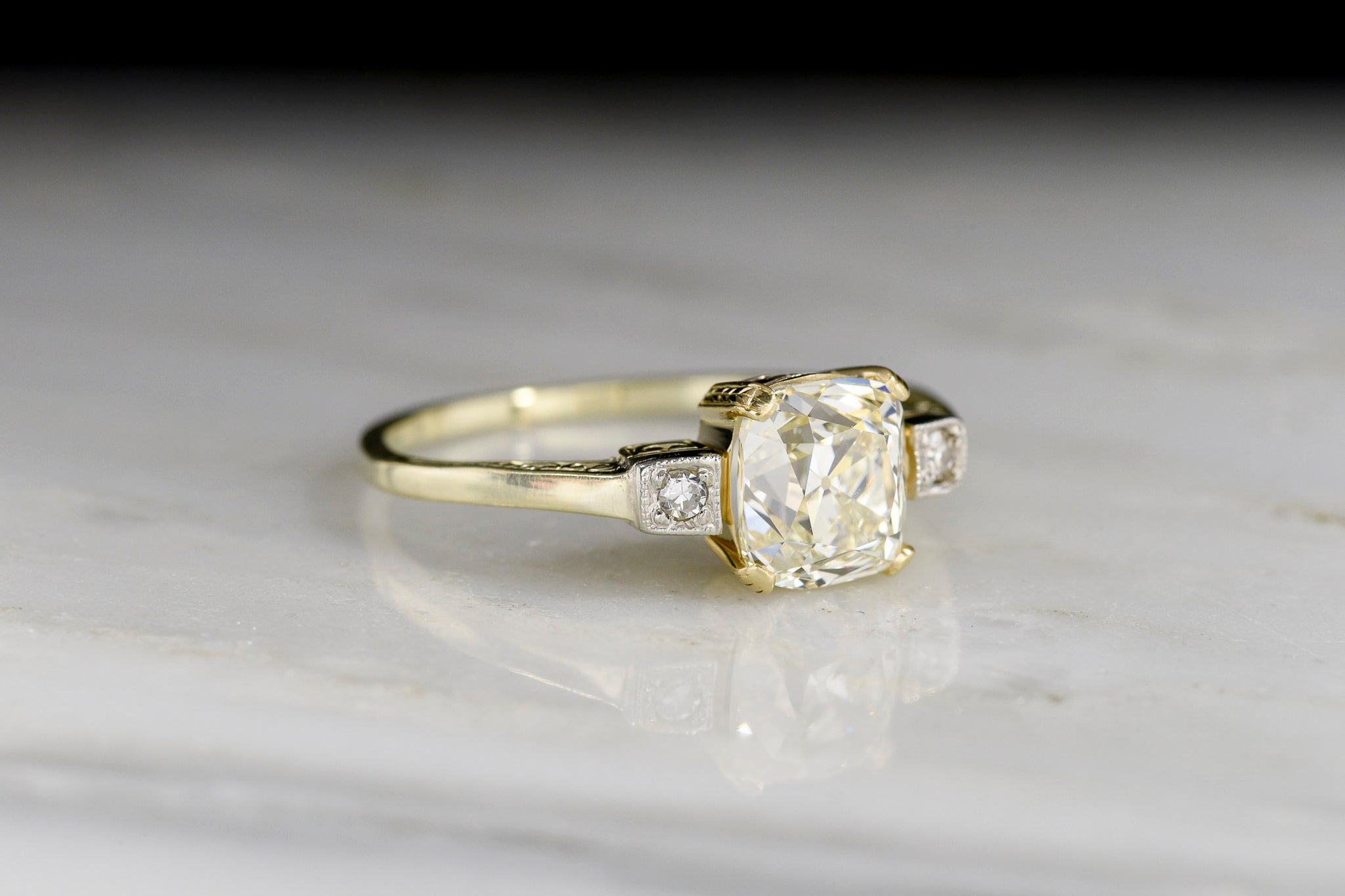The Spa Industry has emerged significantly as a luxurious elite lifestyle sector and woos funds from top business circles. It has turned the tradition of the personal masseur into a synchronized licensed and accredited body of professionals that demonstrate strength in management of ethics, hygiene, comfort, care and pleasure in a healing framework. It is based essentially on applications of hydrotherapy as a form of natural wellness, programmed in socially aligned markets, yet merges in practise with the massage therapy industry. The mixed identity belongs to the involvement of the latter category.
Spas and bathing houses as hammams, were known over the ages in Rome and Turkey, to have deteriorated from community bathing ideals into licentiousness, scandal and promiscuity. They never escaped their image of community notoriety. Massage in Bangkok was used as a prop to attract customers and tourists into deviant styles of eroticism and casual intimacy against fees. Many big cities had their sleazy dens of erotic massage on sale or under cover. The spa industry at its exorbitant cost, struggled to grow officially despite tricks to the trade and a parallel lesser community of trafficking, where young girls were taught the trade and bartered. Hygiene and safety invited huge investments viz regulators, perhaps to minimize contagious venereal diseases that spread around the world.
Standards and Accreditation boards united to define this powerful industry, which became compulsory for top end hotels to own. Hygiene, safety, ethics, boundaries, environment, dressing code, privacy laws and laws against sexual harassment to therapists have since been well documented. Massage and hydrotherapy systems have been standardized for arrangement of training and therapist skills requirements. Industry objectives and definitions have been marked for individual interests and for global values. This has formed the basis for spa management and business, financial forecasts, expenditure and recovery.
It seems the tyranny of the underworld was overlooked as the controls to the spa markets remained with the erotic component more than with the regulators. Spa therapies progressed in its research and potential for healing and has been arranged in advanced scientific category as alternative medicine. This latter industry belongs to doctors, physical therapists, healthcare workers and researchers. Their systems and metrics, disposition, skills, study and activities were visible to the public. Therapy has a market service value in relation to the expertise of the practitioner, rather than in relation to the cost of the spa landscape. Accreditors have managed institutional programs based on academic merit. Spas generally have offered in house, branded courses for their employees to train in their company standards. Their therapists are young with only basic skills to manage standard operating procedures. They are not arranged to assessment and therapy at clinical levels.
Spa therapies cover practises of basic Swedish massage and also of massage traditions as ayurveda, balinese, thai, shiatsu and reflexology. These massages have been arranged into services in spa menus that support wellness and a luxurious lifestyle. Pools, aqua aerobics, watsu, jacuzzi;s, chill pools, steam baths, sauna, jet baths, dry floatations and many other packages are common territory. Some spas have the capacity to meet with the higher ordeals of therapy rituals and transform the clients body-mind through touch therapy, nutrition, zen meditation, music and yoga.
Spas also may offer sports massage, lymphatic drainage massage, cranio sacral therapy, deep tissue massage and neuromuscular massage therapy that provide scientific support for medical management. This is arranged with privacy, comfort, specialized assessment and predictable recovery in a time managed solution.
Spa often merges with the beauty industry where its place is significantly controlled. Beauty services for face, hair and body, are based through dermatological and cosmeceutical infusions handled manually. Standards for equipment, towels, body wraps, scrubs, products, display, space, tray and therapist grooming is clearly marked. Spa woos and retains customers through its advanced hospitality systems. Corporate controls are thorough and exact based on their goals. A zen spa will show organizational alignment to healing rituals, zen space, mindful living and mastery of treatment through the tsubo.
As the field continues to grow and attract clients, awareness improves. Expensive therapies filter out the nuisances created by common man practises that are unhygienic, community based, public and cheap. Health farms and other categories of healing trades have emerged to eradicate the erotica and myth from the industry. Therapists have combined to list directories of able, qualified practitioners, and have arranged forums for their business to remain impactful.
Spa Industry influencers should perhaps work towards elevating the consciousness of humanity, and diverting them from the lower frequencies of existence. Free webinars, rewards, business support and recognition, and accreditation may support accomplishing this. Laws may be enforced to penalize perverse practises. This is within the scope of modern ideals. Yet it remains a puzzle why the commander in control remains an alien.






More Stories
What Is an Aesthetic Doctor?
Hyaluronate In Face Cream Preparations For Smoothening Forehead Wrinkles
Trying a Massage Chair in the Mall